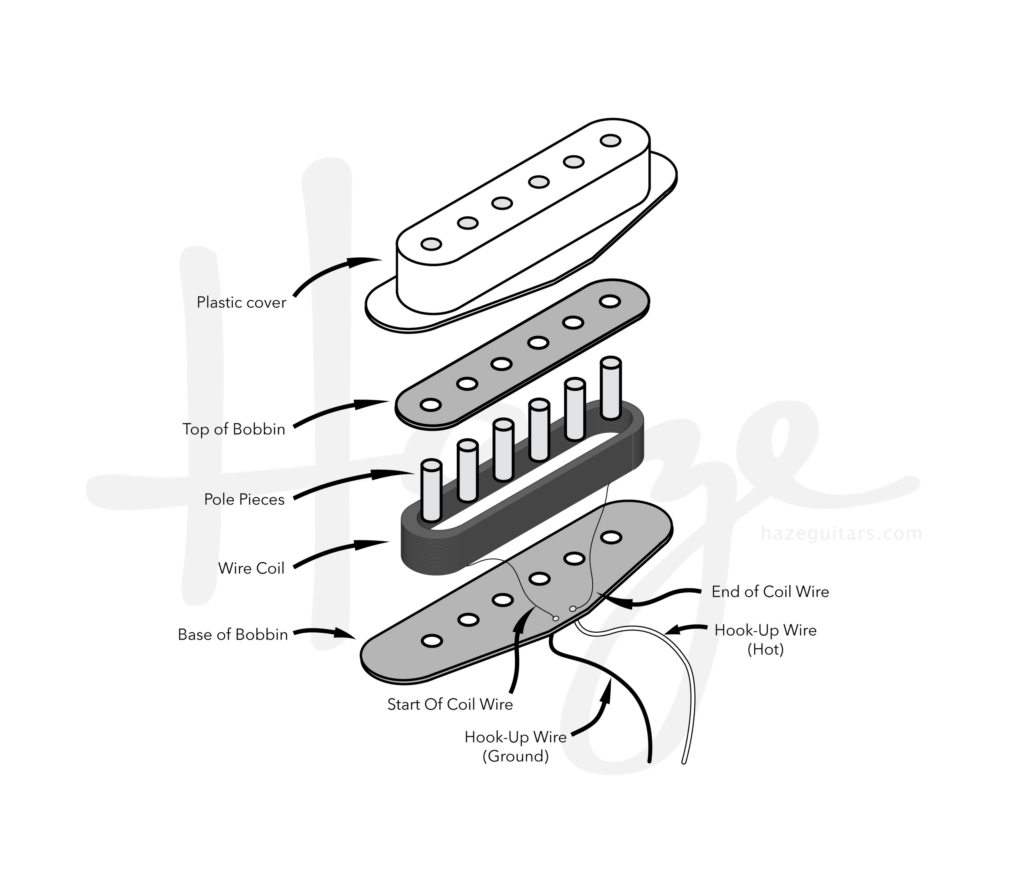Uncategorized
The structure and principle of guitar pickups
Unveiling the Mystery: The Structure and Principle of Guitar Pickups
Pickups, those seemingly unassuming devices nestled within your guitar, are the unsung heroes that transform the vibrations of your strings into the electrifying sounds that resonate through your amp. But have you ever stopped to wonder how these seemingly simple components actually work? Let’s embark on a journey through the science and structure of pickups, demystifying their inner workings and unlocking the secrets to shaping your signature sound.
The Anatomy of Pickups:
-
Magnet: The heart of the pickup, the magnet creates a static magnetic field that interacts with the strings. Different magnet materials and strengths influence the overall tone, with alnico (pictured below) known for its warmth, ceramic for its brightness, and neodymium for its punch.
-
Coil: Wrapped around the magnet’s poles is a coil of fine wire. As the strings vibrate within the magnetic field, they induce a tiny electric current in the coil. This current, though miniscule, is the raw material that becomes your amplified sound.
-
Pole Pieces: These metal pieces channel the magnetic field from the magnet towards the strings, further influencing the interaction and tone. Different shapes and materials (steel, nickel, etc.) can vary the pickup’s character.

-
Cover: This metal shell protects the delicate coil and magnet while also contributing to the overall aesthetics of the pickup. Some covers are open for a brighter sound, while others are closed for a warmer tone.
The Magic of Induction:
So, how do the vibrating strings actually generate that sweet electric current? It all boils down to a principle called electromagnetic induction. As the strings move within the magnetic field, they disrupt the field’s lines of force. This disruption, in turn, induces a tiny electrical current in the nearby coil. The strength and frequency of this current vary with the string’s movement, capturing the nuances of your playing and translating them into electrical signals.
Pickups, a Canvas for Tone:
The beauty of pickups lies in their versatility. By tweaking their various components, you can sculpt your sound like a seasoned artist. Here are some ways to unlock your tonal palette:
- Magnet Choice: Experiment with different magnet materials and strengths to discover warm, vintage vibes (alnico) or bright, modern punch (neodymium).
- Coil Windings: More windings create a stronger signal but can be darker, while fewer windings are brighter but weaker.
- Pickups Configuration: Single coils (pictured below) offer clear, bell-like tones, while humbuckers (pictured below) deliver thicker, fatter sounds with reduced noise.
- Pole Piece Materials and Shapes: Steel adds brightness, while nickel smooths out the tone. Flat poles offer a wider tone, while slanted poles focus on specific strings.
By understanding the structure and principle of pickups, you gain the power to become an architect of your own sonic landscape. So, dive into the world of coils and magnets, experiment with different configurations, and discover the endless possibilities that lie within your instrument. Remember, the music lives not just in your fingers, but in the unseen heart of every pickup you choose.



